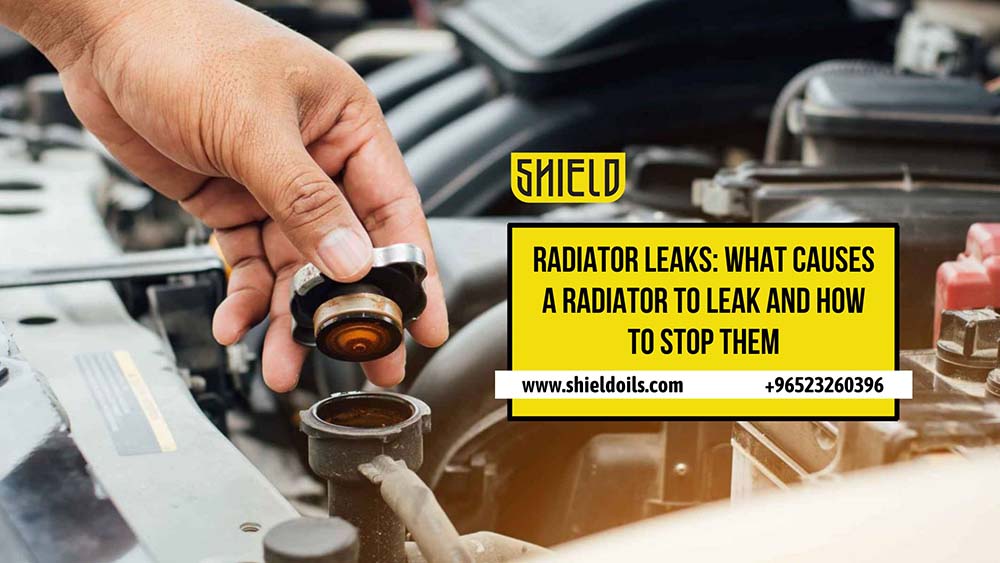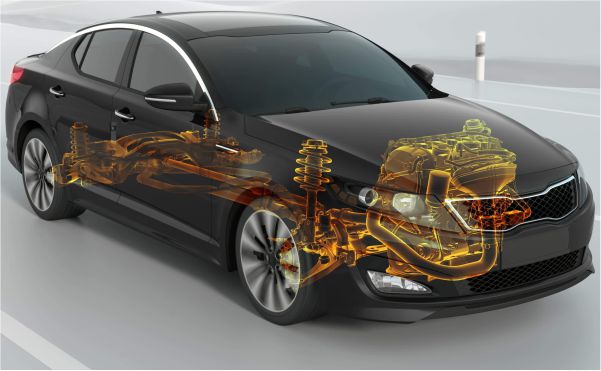Whether you’re a commuter, tourer, weekend-rider or racer, the motor oil within the engine and gearbox of your motorcycle has perhaps the biggest influence on its performance and longevity. Spinning at up to 15,000 revs, the internal components of a four-stroke (four-cycle) motorcycle engine and transmission (gearbox) work incredibly hard and lubrication helps reduce wear. As well as improving protection, the right lubrication can also help maximise engine performance by minimising friction, reducing pumping pressures and avoiding harmful deposits.
Manufacturers recommendation
The frequency with which you should change the motor oil in your particular motorcycle is defined by the manufacturer. You can choose to change your engine oil more frequently – but you should never leave it longer than the manufacturer recommends. The manufacturer of your motorcycle will also specify the grade (viscosity) of the engine oil which should be used. But, what does their recommendation actually mean?…
Viscosity and SAE grades
All engine, motor and transmission oils are described by a grade, such as 10W-40. Motor oil grades are a scale developed by the Society of Automotive Engineers (SAE) to describe the oil’s viscosity. In basic terms, viscosity is the thickness of the oil – and its resistance to flow. The higher the viscosity, the more viscous (thicker) the fluid. The lower the viscosity, the easier the oil flows.
The viscosity is what keeps the internal surfaces of your engine from coming into contact with each other. The motor oil creates a thin slippery protective film between moving parts. Temperature has a significant impact on engine oil’s viscosity. Just like honey or syrup, the warmer oil becomes, the less viscous (thinner) it becomes.
Let’s look again at our SAE grade example – 10W-40
• 10W refers the viscosity when the oil is cold (W is for winter)
• 40 refers to the viscosity when the oil is hot (at normal engine operating temperature)
The higher the number, the greater the viscosity (thickness). So, 10W-50 will be thicker than 10W-30 at higher operating temperatures. Thinner low-viscosity engine oils typically give better protection at cooler temperatures, whilst thicker high-viscosity engine oils are better at maintaining lubrication at higher temperatures. Both for performance and protection, it’s very important to choose the right grade for your specific motorcycle.
If the viscosity is too low, motor oil can fail to cling effectively to the fast-moving parts within your engine, leading to friction, higher temperatures and increased wear. Too high and motor oil may not reach the upper cylinder walls of the pistons, resulting in similarly increased wear. Best advice is always to use the motorcycle manufacturer’s recommended grade (viscosity) for the best performance and protection.
It might be reasonable to think that a lighter viscosity will decrease resistance from the motor oil and thus make it easier for an engine to create power. However, this comes with the risk of increasing wear. Instead, choosing a high-performance engine oil – of the motorcycle manufacturers’ recommended grade – will typically reduce friction, allowing the engine to produce peak power whilst maintaining protection.
Synthetic versus mineral oil
For some common grades of motorcycle engine oil, there is a choice of products available including mineral, semi-synthetic and synthetic oils. Mineral motor oils are refined from natural crude oil. Synthetic motor oils are man-made fluids manufactured from uniform oil molecules (also initially refined from crude oil). Semi-synthetic motor oils are typically a blend of both mineral and synthetic base oils.
The viscosity of synthetic oil generally remains more consistent than mineral oil across a broader range of temperatures. This means they are often the preferred choice for both colder conditions and high heat applications (such as motorcycles used for racing). Multigrade mineral motor oils often include viscosity index improvers which are added to boost performance. However, their effectiveness can reduce over time.
Synthetic motor oils often contain fewer index improvers, so better engine protection and performance can come from the oil being more consistent over time. However, synthetic oils typically cost more to produce than mineral oils. Modern mineral engine oils are so well refined that they offer excellent performance. However, most premium motorcycle engine oils are semi- or fully-synthetic for the very best protection and performance.
Can you put car oil in motorcycles?
It is not recommended that you use car engine lubricants in motorcycles. Cars use separate engine and transmission (gearbox) oil. In a motorcycle, the engine, clutch and transmission (gearbox) typically share a sump and are lubricated by the same oil. Car oils generally include special friction modifiers which help increase economy and decrease wear. In the wet sump of a motorcycle, these modifiers can affect clutch performance and are not recommended.







